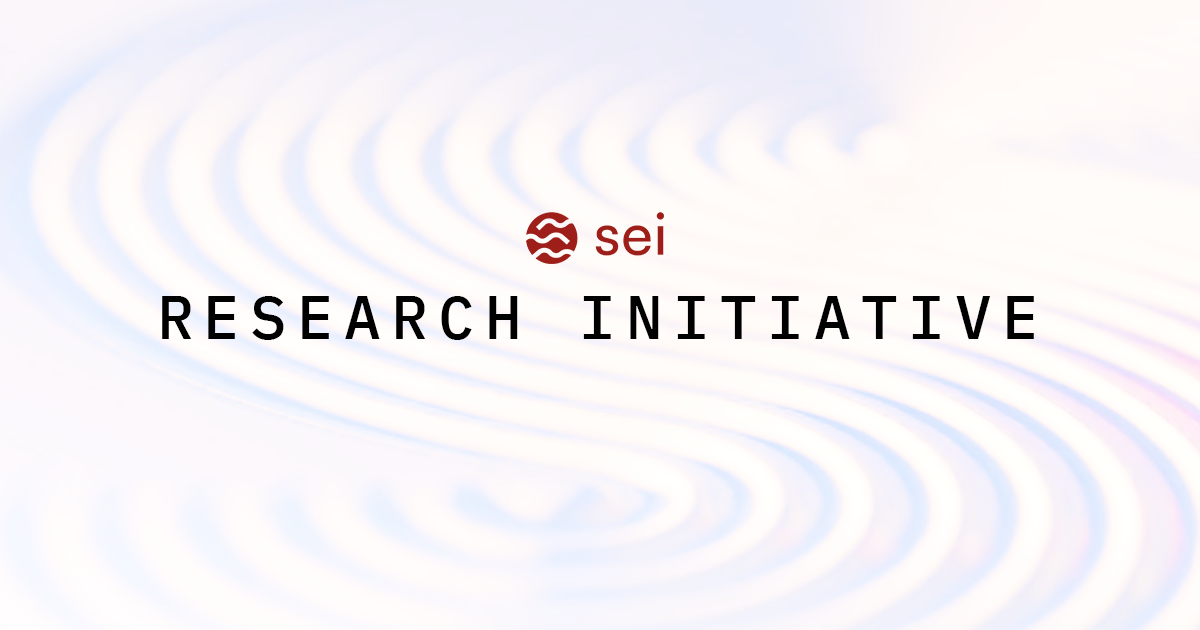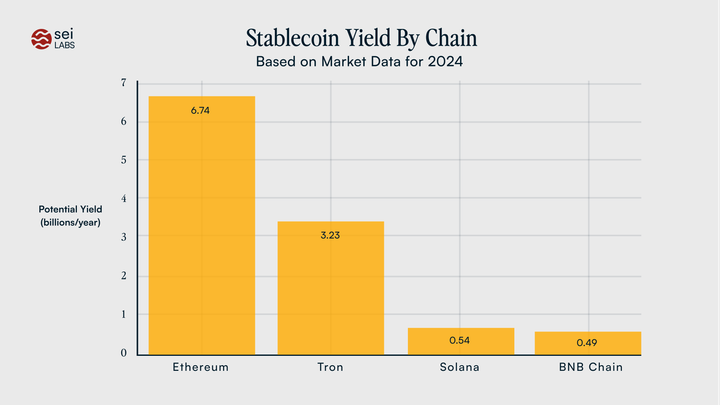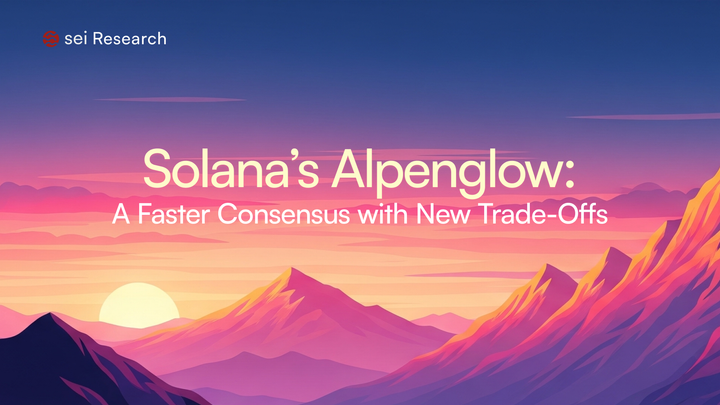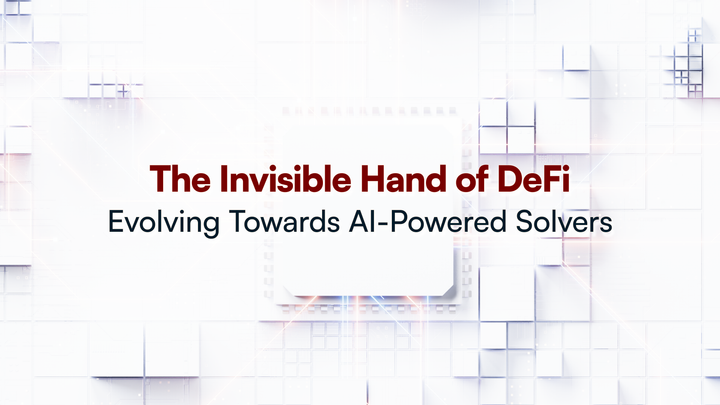Introducing the Sei Research Initiative

Sei Labs and the Sei Foundation are opening up the dialogue with third party researchers, thought leaders and external contributors to explore the limits of the EVM under the Sei Research Initiative.
The Sei Research Initiative shares Vitalik's view that Ethereum's multi-client philosophy strengthens the ecosystem by providing security and redundancy through decentralization. While ~90% of blockchain development occurs within the EVM ecosystem, its inherent limitations have led to various scaling solutions. Vertical scaling through L2s has been the predominant approach, but we see great potential in horizontal scaling at the base layer.
We take a first-principles approach to reimagine the EVM across all layers—storage, consensus, and execution. This research initiative, which includes contributions from thought leaders at Sei Labs, the Sei Foundation, and the broader industry, embraces open-source principles, following the same philosophy that guides Sei Protocol’s code development. We welcome cross-pollination of ideas and invite the crypto community to contribute, so the entire EVM ecosystem can benefit from this open source R&D.
The Importance of Decentralization
Reliance on human-run processes can become a vulnerability in truly open, democratic systems. Blockchain changed that. Humans can now coordinate and exchange value on a massive scale without the need for trusted intermediaries and parties vulnerable to error or corruption like governments, banks, and other institutions, minimizing the attack surface for nefarious human behaviors.
The EVM: A Breakthrough with Limitations
The creation of the Ethereum Virtual Machine (EVM) was a pivotal moment in blockchain history. It provided a Turing-complete virtual machine that enabled us to write arbitrary decentralized applications (smart contracts) in languages such as Solidity. These applications are permissionless and censorship-resistant, ushering in a new era of decentralized computing. The EVM hosts the largest developer community—with nearly 90% of blockchain developers using Solidity according to Electric Capital.
The EVM, however, has its limitations. Being single-threaded, it processes transactions one by one, leading to limited throughput, network congestion, and high gas fees. It also suffers from high transaction finality times, causing delays in real-time dApps where fast confirmation is crucial. Additionally, storing data on-chain is expensive in terms of gas costs.
These limitations result in:
- Restricted developer design space which forces developers to compromise on functionality or user experience, stifling innovation.
- Barrier to Mass Adoption: Prohibitive gas fees price out many potential users, particularly for everyday, low-value transactions.
Decentralized applications will not reach mass adoption unless we as a community solve these limitations.
Sei Protocol: The First Parallelized EVM L-1 Blockchain
The Sei protocol is the first parallelized, high-performance EVM Layer 1 blockchain that brings extreme scalability to the Ethereum Virtual Machine (EVM) and extends the Ethereum ecosystem by improving execution, consensus, and storage layers—all while maintaining decentralization, censorship resistance, and permissionlessness.
Overcoming the limitations mentioned above - restricted design space, poor UX, and prohibitive fee structures - requires relentless innovation. The Sei protocol improves the EVM by parallelizing transaction execution, allowing unrelated transactions to run simultaneously, significantly increasing throughput. Optimistic block processing and intelligent block propagation reduce time to finality, while SeiDB enhances state read/write performance and simplifies state synchronization for new nodes.
Sei Protocol Core Principles
The future of the Sei Protocol is not only based on technological innovation but also a guiding set of Core Principles to align stakeholders with the overall premise of the network and future development. To that end, key contributors from the Sei Research Initiative submit the following Core Principles to the broader community as guideposts for future development and open-source collaboration.
Relentless Innovation
The Sei Foundation and its technical partners are relentlessly innovating to bring extreme scalability and extend the Ethereum Virtual Machine (EVM). The project can drastically reduce gas fees and significantly increase throughput by parallelizing transaction execution and optimizing all layers.
Community-first, Open Source and Open Standards
Open-source code encourages transparency, community contributions and inspection, increasing security, and trust. We openly share our research and innovations with the community to promote collaboration and speed up innovation. The Sei protocol adheres to and builds upon open standards to provide full EVM compatibility.
Positive-Sum Impact
The Sei Foundation will contribute to public goods and support initiatives that benefit the entire ecosystem and society. In the nearterm, we propose that the Sei Foundation introduces a series of open source research and development projects for public goods.
Decentralization
Decentralization is essential to prevent reverting to centralized systems and to resist coordinated attacks, including those from hostile nation-states. The Sei protocol aims to be sufficiently decentralized to withstand censorship resistance. while running on consumer-grade computers.
Censorship Resistance and Credible Neutrality
The Sei protocol is designed as a platform that cannot be halted or tampered with. Transactions are processed without bias, ensuring fairness and openness.
Permissionlessness
The Sei protocol encourages open participation. Anyone can use, contribute, and build on the Sei network without needing permission.
Trust Minimization
The Sei protocol is designed so no single entity can control or shut it down, effectively distributing control to enhance security and trust.
Join the Sei Research Initiative
We invite developers, researchers, and community members to join us in this mission. This is an open invitation for open source collaboration to build a more scalable blockchain infrastructure. Check out Sei Protocol’s documentation, explore Sei Foundation grant opportunities (Sei Creator Fund, Japan Ecosystem Fund), or reach out to contribute to our research.
Disclaimer
Sei Labs and the Sei Foundation operate independently and are distinct legal entities. The views, research, and contributions of the authors, third-party researchers and external contributors participating in the Sei Research Initiative are their own and do not necessarily reflect the views, goals, or opinions of Sei Labs or the Sei Foundation. Neither Sei Labs nor the Sei Foundation exercises control over, or holds responsibility for, any third-party content or contributions.
This research initiative is intended for informational and exploratory purposes only. The discussions, innovations, and technical developments within the Sei Research Initiative are collaborative and open-source. Any references to third-party projects, technologies, or platforms are for illustrative purposes and do not imply endorsement or affiliation with Sei Labs or the Sei Foundation.
Furthermore, Sei Labs, the Sei Foundation, and their contributors and participants make no warranties or representations regarding the accuracy, completeness, or suitability of any research results, ideas, or proposed innovations. Participants and contributors are encouraged to conduct their own due diligence and consult with legal, financial, and technical advisors as needed before relying on any findings or participating in any developments related to the Sei ecosystem.
Sei Labs and the Sei Foundation are committed to maintaining decentralized, permissionless, and open-source principles but bear no responsibility for the actions, research, or contributions of independent third parties.



